#papua new guinea
Text

crocodile scarification of Papua New Guinea shot by Trevor Cole for media drum world
1K notes
·
View notes
Text
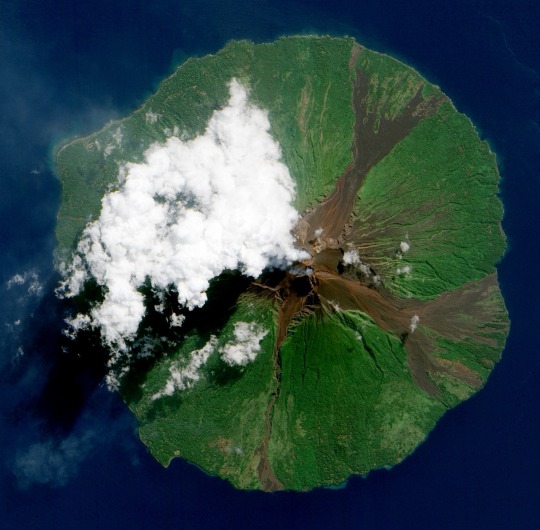
Manam Volcano, Papua New Guinea via NASA Goddard Space Flight Center
#nasa images#aerial#nature#volcano#photography#green#clouds#smoke#blue#ocean#sean#island#landscape#naturecore#nasa#Manam Volcano#papua new guinea#earth#1k
5K notes
·
View notes
Text
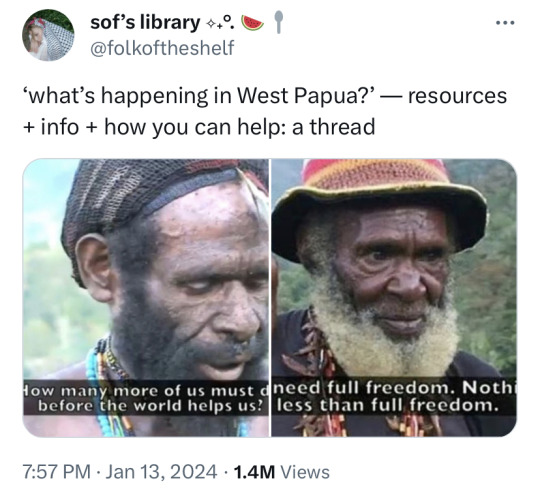
articles and news on what’s happening in west papua are so appallingly scarce that i could rarely find any except a few before this. as an indonesian, i didn’t even know any of this is happening in the first place until a few months ago because rarely any of the big news outlets have ever brought it up, much less in a scale that is necessary to gain the world’s attention. SO PLEASE CHECK THIS OUT, one article at a time if it seems too much (which is what i'm currently doing too).
i think it’s important to note that while indonesia has been loudly advocating for palestine’s freedom, it has also been committing silent acts of violence against the people of west papua and exploiting them for years and silence those AND others who have tried to bring it to light.
things included in the thread ->
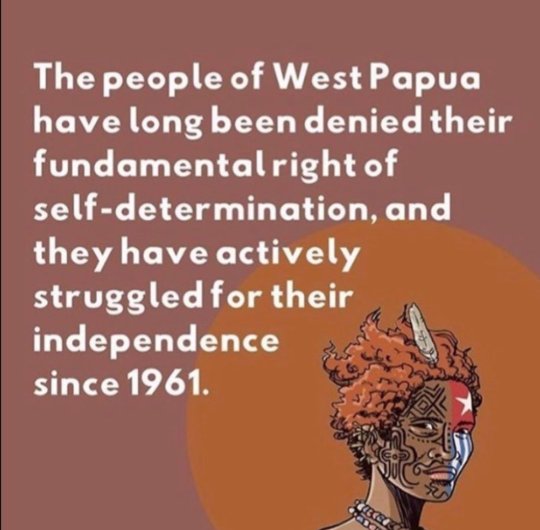
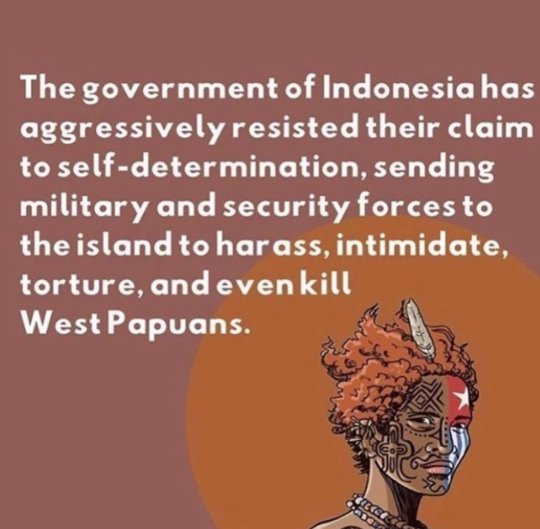
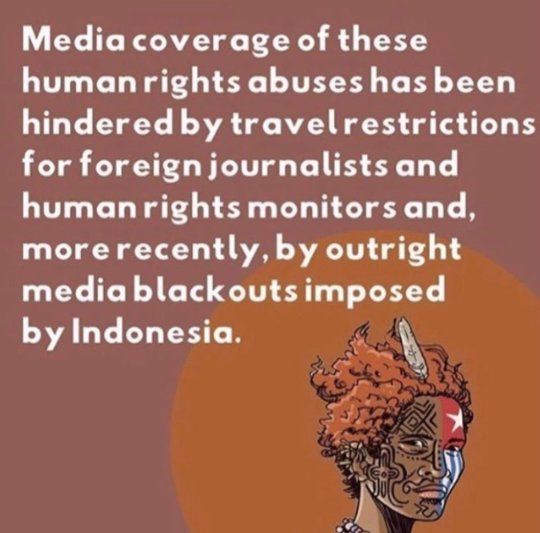
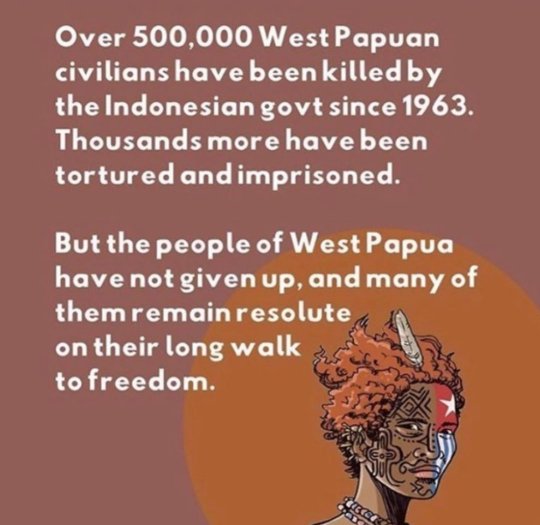
ARTICLES :
freewestpapua.org *the link isn't working at the moment but op has included screenshots in the tweet!
west papua : a history of exploitation (al jazeera)
courtesy of amnesty international
OTHERS :
amnesty international - "sudah, kasi tinggal dia mati" pembunuhan dan impunitas di papua (in bahasa)
BOOKS TO READ :
'the road : uprising in west papua' by john martinkus
'an act of free choice : decolonisation and the right to self-determination in west papua' by pieter drooglever
'merdeka and the morning star : civil resistance in west papua' by jason macleod
’see no evil : new zealand’s betrayal of the people of west papua’ by maire leadbeater
‘freedom in entangled worlds’ by eben kirksey
‘poisoned arrows’ by george monbiot
‘papua blood’ by peter bang
’west papua and indonesia since suharto’ by peter king
pdf available :
’the united nations and the indonesian takeover of west papua’ by john saltford
’west papua : the obliteration of a people’ by carmel budiardjo and liem soei liong
FILMS TO WATCH :
rebels of the forgotten world (1991)
blood on the cross (1999)
freedom for west papua (1999)
papua merdeka (2002)
west papua — the secret war in asia (2007)
forgotten bird of paradise (2009)
strange birds in paradise — a west papuan story (2010)
west papua — a journey to freedom (2011)
mama malind su hilang (our land has gone)
benny wenda — oslo freedom forum (2012)
isolated (2013)
courage is contagious — TEDx sydney (2013)
the road to home (2015)
punks for west papua (2016)
run it straight (2016)
act of no choice (2019)
paradise bombed (2023)
investigative tv reports :
inside indonesia’s secret war for west papua — ABC news (2020)
selling out west papua — al jazeera (2020)
INFOGRAPHICS :
amnesty international
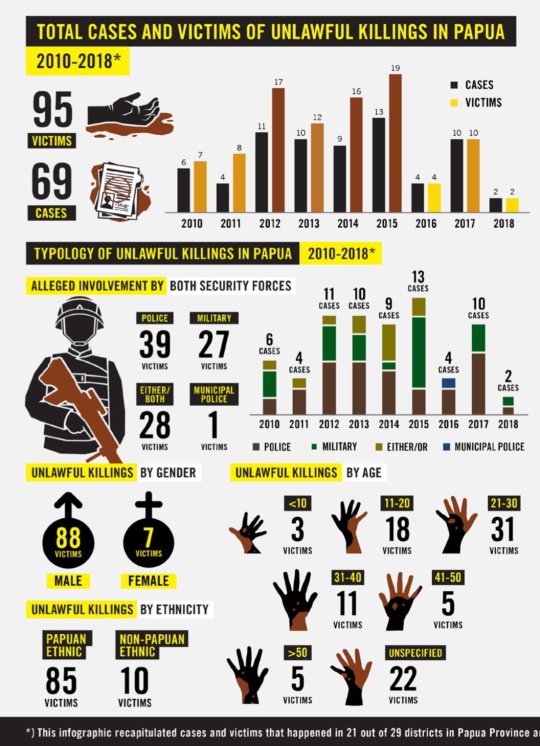

brief history
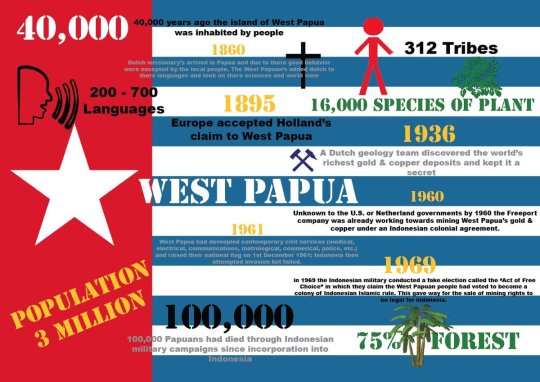
2017

2018
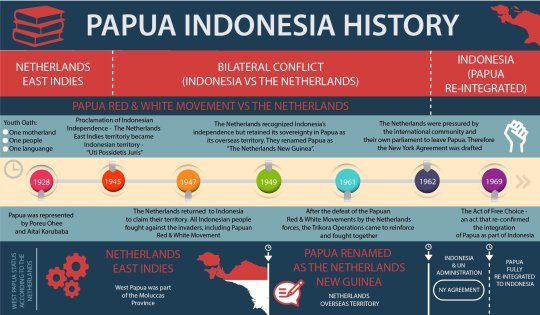

#putting a keep reading because i know some of you hate reblogging long posts that don’t match your aesthetic or whatever#west papua#free west papua#indonesia#papua new guinea#news
206 notes
·
View notes
Text

Hewa man, Papua New Guinea, by Any way in a way
#hewa#papua new guinea#melanesia#oceania#folk clothing#traditional clothing#traditional fashion#cultural clothing
246 notes
·
View notes
Text



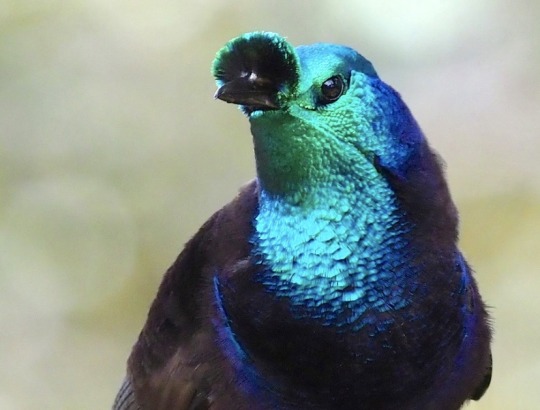
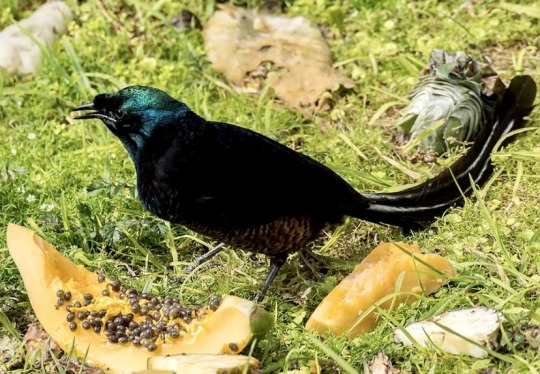
the ribbon-tailed astrapia is a species of bird-of-paradise found in western portions of papua new guinea. feeding primarily on fruits and arthropods, this species thrives in subalpine forests. they are named for the male’s breeding plumage, with flowing white ‘ribbons’ for tail plumage. males are also distinguished by their iridescent green heads, chests, and a nodule above the beak; females are duller in coloration, but still have iridescent plumage on the head. like other birds of paradise, males of this species are polygamous. the ribbon-tailed astrapia is considered threatened by habitat loss and hunting (primarily the males, for their prized plumage).
1K notes
·
View notes
Text

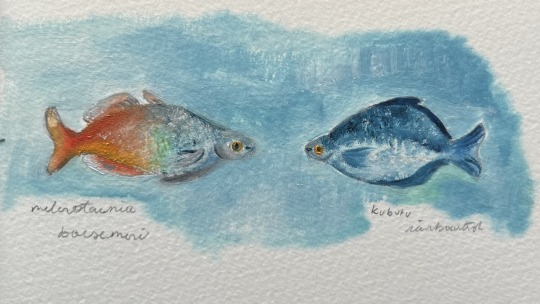

two itty bitty studies for my bigger project. if you’d like to read a little more about them, I have it on my patreon in a free post. also I misspelled lake kutubu on my sketchbook im sorry.
#fish#fishblr#fish art#painting#artists on tumblr#artists on patreon#artists on kofi#art#art blog#artist on tumblr#indonesia#papua new guinea#freshwater fish#illustration
81 notes
·
View notes
Text

Porte-avions USS Bunker Hill (CV-17) attaqué par l'aviation japonaise pendant le raid sur Rabaul – Bombardement de Rabaul – Guerre du Pacifique – Papouasie-Nouvelle-Guinée – 11 novembre 1943
Photographe : W. Eugene Smith
#WWII#guerre du pacifique#pacific war#bombardement de rabaul#bombing of rabaul#marine militaire#military navy#marine de guerre#navy#porte-avions#aircraft carrier#classe essex#essex-class#uss bunker hill (cv-17)#uss bunker hill#cv-17#w. eugene smith#rabaul#papouasie-nouvelle-guinée#papua new guinea#11/11/1943#11/1943#1943
101 notes
·
View notes
Text

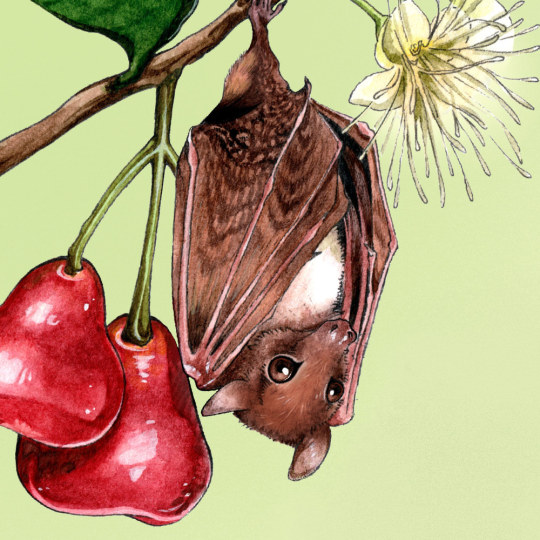
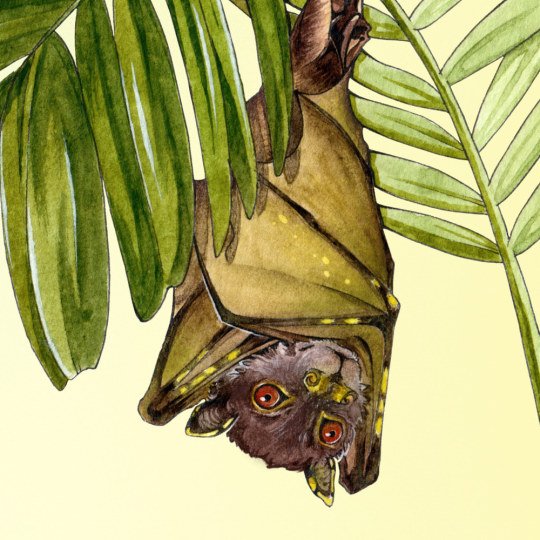
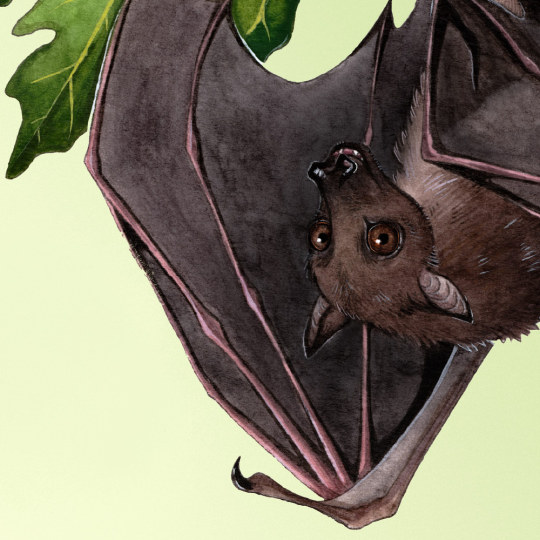
🌿🦇 𝓑𝓪𝓽𝓼 𝓸𝓯 𝓚𝓪𝓾 𝓦𝓲𝓵𝓭𝓵𝓲𝓯𝓮 𝓐𝓻𝓮𝓪 🦇🌿
Finally sharing this beautiful project, I'm thankful i got to do some illustrations for it ! Many thanks to Elise Sivault for trusting me with this 🦇
See the second poster here !
more details about the project under the cut !
Papua New Guinea is a biodiversity hotspot home to 95 species of bats that are increasingly threatened by fragmentation because of commercial logging and agricultural practices.
The primary objective of this project was to enhance our comprehension of the ecology of various understudied bat species native to Papua New Guinea. Additionally, it aimed to shed light on the pivotal role these bats play in providing essential ecosystem services such as pollination, seed dispersal, and pest control within two designated conservation areas.
Such endeavors have the potential to significantly increase conservation efforts in this biodiversity hotspot, where scientific studies are scarce and the knowledge of species remains limited among the local communities residing in the towns and villages adjoining the two conservation areas.
#botanical art#bats#papua new guinea#bat conservation#wildlife#watercolor art#chiroptera#nyctimene aello#dobsonia minor#hipposideros diadema#syconycteris australis#macroglossus minimus#paranyctimene raptor#Aselliscus tricuspidatus
217 notes
·
View notes
Text









𝘗𝘢𝘳𝘢𝘥𝘪𝘴𝘦 𝘙𝘶𝘯𝘸𝘢𝘺 2022
1K notes
·
View notes
Text
Nine new species of carnivorous land snails have been found in the remote forests of Papua New Guinea, a biodiversity hot spot. A new study describes the species, which are so small that all nine could fit together on a U.S. nickel.
They present a rare opportunity to study a group that, in many other places, is disappearing fast. Worldwide, mollusks account for more than 50% of all recorded extinctions since the year 1500, and many of these were land snails from Pacific islands.
Continue Reading.
127 notes
·
View notes
Text

Bootless Bay, Papua New Guinea: Bootless Inlet or Bootless Bay is a body of water in south-eastern Papua New Guinea, approximately 20 kilometres southeast of Port Moresby. There are four islands in the bay: Motupore Island, Loloata Island, Manunouha Island, and Bunamotu Island. Wikipedia
60 notes
·
View notes
Text
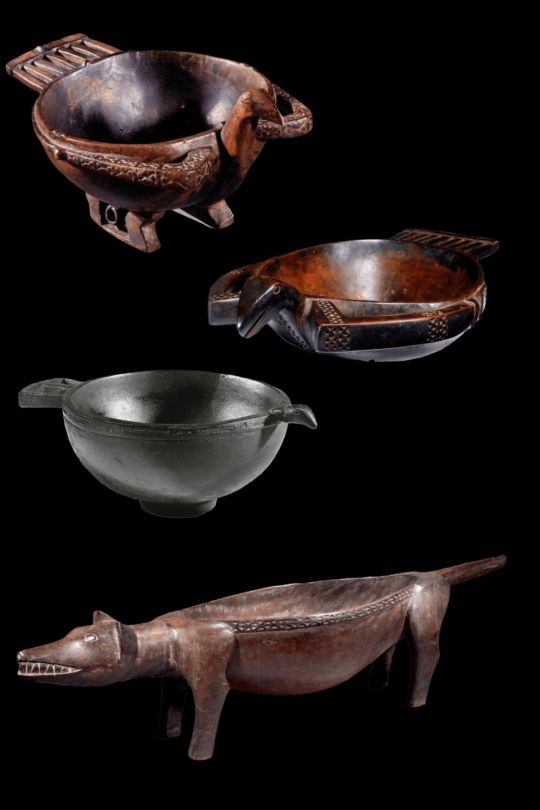
Admiralty island bowls
160 notes
·
View notes
Text
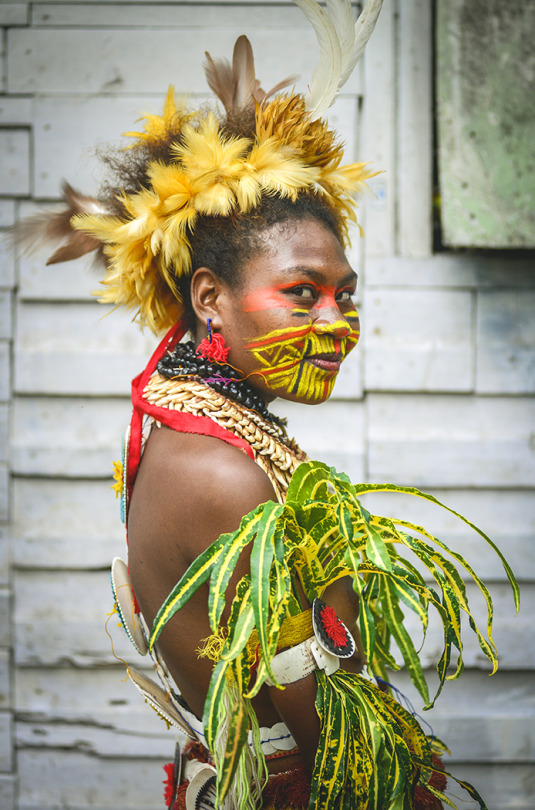
Mekeo girl, Papua New Guinea, by David Kirkland
#mekeo#papua new guinea#melanesia#oceania#folk clothing#traditional clothing#traditional fashion#cultural clothing
385 notes
·
View notes
Text
Please reblog for a bigger sample size!
If you have any fun fact about Papua New Guinea, please tell us and I'll reblog it!
Be respectful in your comments. You can criticize a government without offending its people.
56 notes
·
View notes
Text
I'm not usually one to post stuff like this but I would so appreciate anyone having a look at this and donating just a bit if you have something to spare, or of course reblogging. We all know Covid has not disappeared for people living in marginalised communities, but there are many that are also still severely impacted by diseases brought to them by colonisation. The Kalam are one such group where TB, Covid, influenza, and other diseases are killing people at an alarming rate due to lack of medical aid.
'Every time I answer the phone I hear about another person who is sick or is dying and how there is no medicine to help.'
The GoFundMe currently has only $220 of the $10k target needed to set up a clinic to diagnose and treat TB, including building a structure for health workers to rest in overnight, running a TB education program, and most importantly obtaining medicine, which is frighteningly scarce.
I've been working as an editor for the last three and a half months on a thesis written by Inge, who is running this campaign. It's been fascinating work and Inge has given me permission to talk about some bits of it – it covers a lot of things that she observed while living with the Kalam in the 70s and features a lot of people who became family to her. The thesis focuses on some dark things but the people are larger than life, and talking about them I will probably make my silly little joke posts, but I want to pin this in the hopes that my silly little joke posts will do something to help the children and children's children of the people I have read about during this thesis. Also I just happen to be of the opnion that everyone deserves basic medical care.
If you came to this blog because of a silly little LOTR post or a silly little DGHDA post that gave you a little chuckle, it would mean so much to me if you shared whatever you have to spare, whether that's a reblog or a small donation. Thanks <3
32 notes
·
View notes
Text

Plate XXII. Ornamented shields, Kerema District. Carved and painted designs from New Guinea. 1931.
Internet Archive
335 notes
·
View notes